Embracing Cultural Diversity: HR Professionals' Guide to Celebrating Lunar New Year with Employees
Author : CPHR Alberta
Known as the Spring Festival or Chinese New Year, the Lunar New Year is a significant religious and cultural celebration that is observed in multiple countries across Asia. 1 It symbolizes the arrival of spring and the commencement of a new year according to the lunisolar calendar, which is determined by the sun and moon's astronomical observations. The date of the New Year is determined by the proximity of the new moon to the beginning of spring in the Northern Hemisphere. 2
The Lunar New Year celebration lasts for fifteen days, with each day having its own unique set of traditions, festivities, and ceremonial rituals. (To learn more, visit here.)
During this festive celebration, various customs and traditions can be observed. The opening of the passage highlights the enchanting sight of windows embellished with intricate red paper cuttings and doorways adorned with couplets expressing heartfelt wishes for the New Year. As the Lunar New Year's Eve commences, families come together for a reunion dinner, where the centrepiece is often a fish dish. This delectable offering symbolizes abundance and is believed to bring good luck and good fortune in the coming year. 3 Other distinctive features of the celebration include the presence of vibrant flowers, handwritten messages imbued with good fortune, and active participation in charitable endeavours. Additionally, the sharing of food, the colour red, spectacular fireworks displays, engaging arts and crafts, mesmerizing dances, and the iconic lion dance contribute to the festive atmosphere. 2
How can you, as an employer, foster an environment of inclusivity and respect by integrating these sacred celebrations into the workplace and honouring your employees who partake in them?
Supporting the Lunar New Year in the Workplace:
- Vacation requests : be open and accommodating to vacation requests around the Lunar New Year. Offer employees who celebrate the appropriate time off to be with their loved ones during this festive event.
- Festive décor : decorate the office space appropriately with flowers and splashes of red, and bring in foods that have significance (mandarins and oranges are considered a sign of good luck and good fortune)
- Cultural awareness : organize sessions to educate employees on the significance and traditions of the Lunar New Year
- Celebrate together : partner with your employees who celebrate and plan a staff event where other employees can learn about the significance of this time by participating in traditions (painting messages on red paper using a paintbrush) or eating foods associated with the Lunar New Year.
In our capacity as HR professionals, we hold a pivotal role in shaping the culture of our workplaces. It is essential that we embrace and honour the unique festivals and traditions cherished by our employees, as this is crucial in fostering an environment of inclusivity and mutual respect. With the arrival of the Lunar New Year, let us seize this moment to embrace the abundance that our diverse workforce brings and cultivate spaces where each individual is treasured and honoured.
Celebrate the arrival of the year of the Snake on January 29, 2025 with the suggestions mentioned above.
The views and opinions expressed in this blog post belong solely to the original author(s) and do not necessarily represent the views and opinions of CPHR Alberta.





